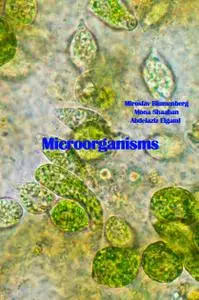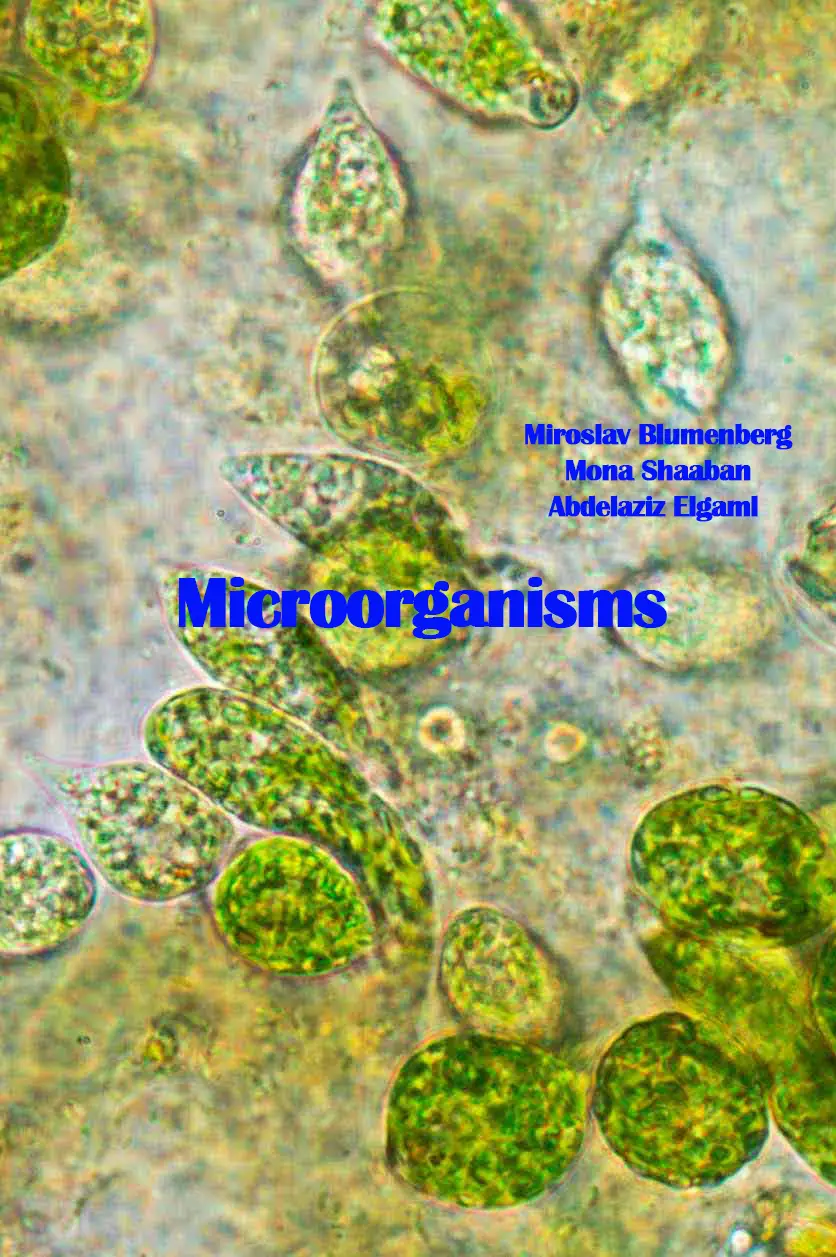"Microorganisms" ed. by Miroslav Blumenberg, Mona Shaaban, Abdelaziz Elgaml
ITExLi | 2020 | ISBN: 183880188X 9781838801885 1838801871 9781838801878 1838803637 9781838803636 | 282 pages | PDF | 24 MB
ITExLi | 2020 | ISBN: 183880188X 9781838801885 1838801871 9781838801878 1838803637 9781838803636 | 282 pages | PDF | 24 MB
In this volume, chapters dealing with the cutting-edge research in all fields of microbial snd microbiome studies are presented.
The recent breakthrough in microbial studies has applied next-generation sequencing (NGS), a massive omics analysis, to the composition and structure of microbial communities. NGS can identify microbes without the need for their cultivation. Their mere presence can be ascertained and often quantitated, and even their metabolic capabilities of microbial constituents predicted. This breakthrough led to an explosive growth in research on microbes. Many important advances have been made in human health-related studies. Indeed, gut microbial communities have been extensively analyzed and differences between healthy and diseased microbiomes have been determined. Studies of the effects of changes of diet, of antibiotic treatments, and of probiotics have been published. Specific attention has been devoted to human pathogens, their mechanisms of causing disease, and the potentials for their management and treatment. Microbiome studies of natural habitats, terrestrial and aquatic, have also benefited from NGS methodology. Increased understanding of the microbial communities has led to the use microbes as antagonists of pathogens, i.e. as treatments. Moreover, novel uses of microbes in industrial processes, either for synthesis of important compounds or for degradation and handling of waste, are being devised.
Contents
1.Biology and Physics of Magnetotactic Bacteria
2.Isolation and Purification of Sulfate-Reducing Bacteria
3.First Insights into the Resilience of the Soil Microbiome of a Tropical Dry Forest in Puerto Rico
4.Tropical Crops and Microbes
5.Hemolysin of Vibrio Species
6.The Genus Enterococcus and Its Associated Virulent Factors
7.Aspects of Photodynamic Inactivation of Bacteria
8.Probiotics and Bioremediation
9.Virulence Determinants of Non-typhoidal Salmonellae
10.New Approaches for Competing Microbial Resistance and Virulence
11.Interplay between Human Intestinal Microbiota and Gut-to-Brain Axis: Relationship with Autism Spectrum Disorders
12.Bioconversion of Weedy Waste into Sugary Wealth
13.Plastics Polymers Degradation by Fungi
14.Microorganisms as Biocatalysts and Enzyme Sources
1st true PDF with TOC BookMarkLinks



